







Avocados grow on trees that are 65 feet tall. That's taller than a house! Avocados are also called alligator pears because of their rough skin and pear shape.
Here's a dare-eat an alligator pear!

Asparagus grows back in the same spot each year -- no replanting needed! Birds spread asparagus seeds, so look for the mighty spears along the roadside in the spring.
Do not fear this mighty spear!

Broccoli looks like a little fluffy tree! We eat the florets, or flower, of the broccoli plant. Broccoli florets are surrounded by dark, leafy greens that are also edible.
I love to eat these itty bitty trees!
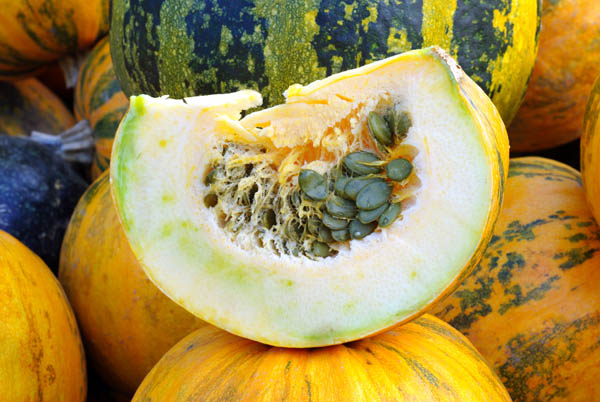
Pumpkins are filled with delicious, crunchy pumpkin seeds! The seeds are white and smooth, but if you peel the shell off, the seed underneath is actually green!
A great way to go green!
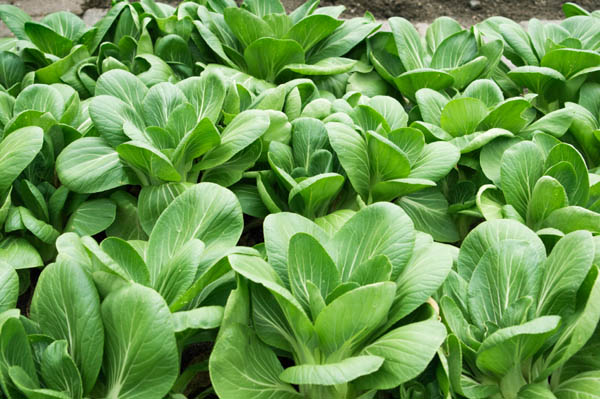
Beautiful bok choy is also called Chinese Cabbage. It grows best in spring and fall, and takes two months to mature. Originally from China, bok choy now grows all over the world!
Better bag some bok choy!

Cucumbers grow on vines low to the ground, and are actually a fruit. Green cucumbers are the most common, but can be different colors, shapes, and sizes. Some are even orange!
Crispy, crunchy, incredible!
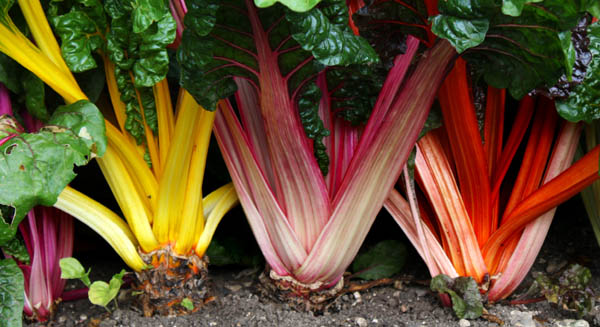
Rainbow chard leaves grow on tall stems that are different colors. You can eat these pretty, colorful stems! When you bundle them together, all the stems look like a rainbow!
Discover what's at the end of these rainbows!
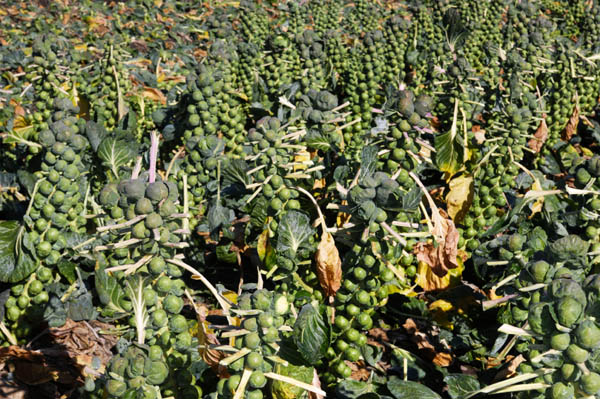
Brussels sprouts are planted in early spring, and aren't ready to eat till late fall! The brussels sprout plant grows three feet tall, and has 30-40 sprouts growing on its trunk!
Load up on a lot of little leaves!

Spinach plants are fun and easy to grow. As you pick the outer leaves off the plant, it keeps growing more leaves in the middle, so you can keep on eating all summer long!
Spinach is simply spectacular!
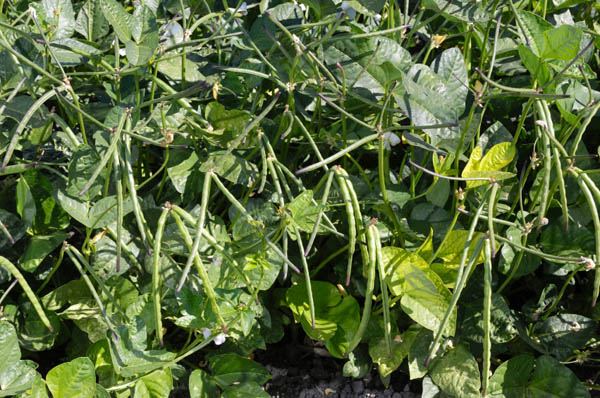
Green beans grow in summer and fall. They're picked before they mature, when the pod is crunchy and tender. Pods can be green, purple, red or streaked, but are still called green beans!
Eating green beans is a snap!
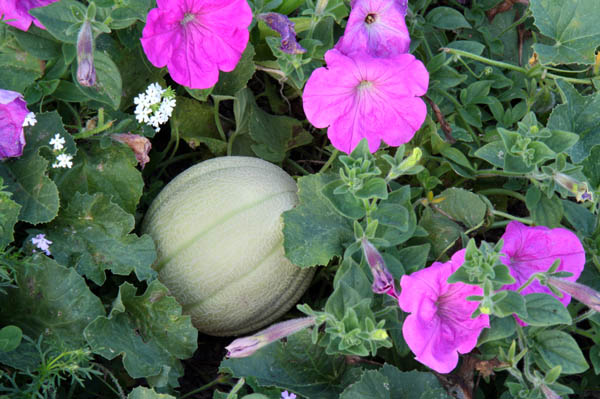
Honeydew needs lots of sunshine and water to grow. Seeds are planted in the spring, grow into vines all summer, and blossom into sweet honeydew melons in the fall.
How do you do your honeydew?

Black beans grow in pods that turn yellow and split open when the beans are ready. Some people call them turtle beans, because their shiny dark shell looks like a turtle shell!
Beans can build up your build!
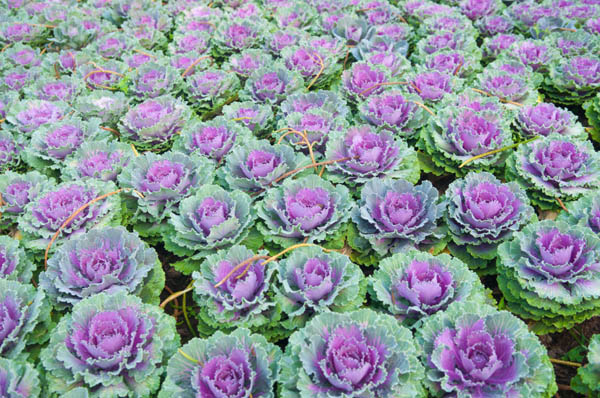
There are over 400 varieties of cabbage! Purple cabbage takes longer to grow than green cabbage, and also has more nutrients. The darker the color, the better for you!
Let's get shredded, dudes!

Blueberries grow on big bushes that produce berries for up to 20 years. Blueberries are ready to pick in late summer, when they're deep blue and almost fall off the bush.
I have blueberry brawn!

Plums are juicy and sweet. They can be purple, blue-black, red, green, yellow or amber! Over 2,000 varieties of plums exist and they grow all over the world.
Have a plum perfect snack attack!

Eggplant grows at the end of summer, and is also called a garden egg. Known for its gorgeous glossy purple skin, eggplant has a spongy texture that's super fun to eat!
This plant is pumped up purple!

Sweet and juicy blackberries are closely related to raspberries. But when you pick a raspberry it leaves a hole inside. Pick a blackberry and it stays whole!
Get a blast of blackberry flavor!
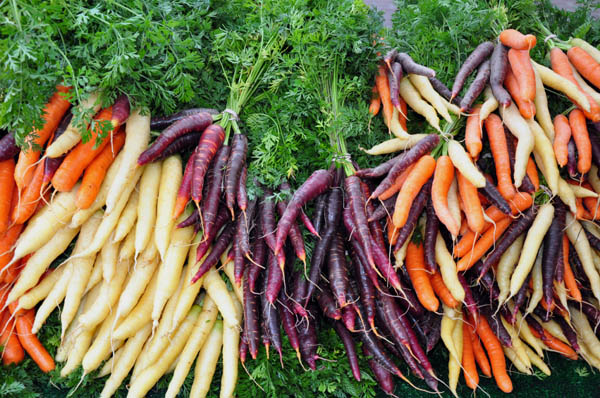
Most carrots are bright orange now, but until the 1600s, carrots were purple, red, or white. Purple carrots are orange on the inside, so snap one open and take a peek!
The secret to my super slaw!
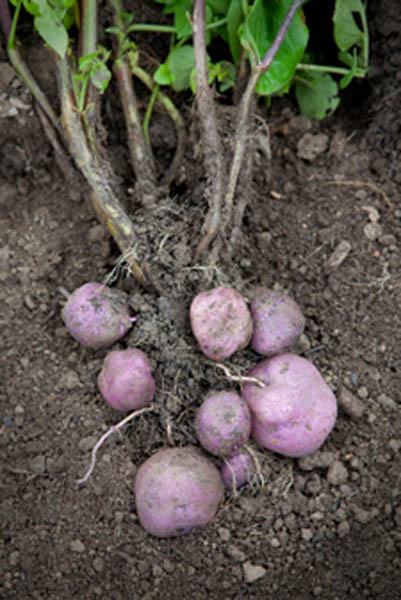
Yes, potatoes can be purple! Like all veggies, the darker the color, the more nutrients it contains. Purple potatoes contain four times more antioxidants than regular potatoes!
Muscle some out of your garden!
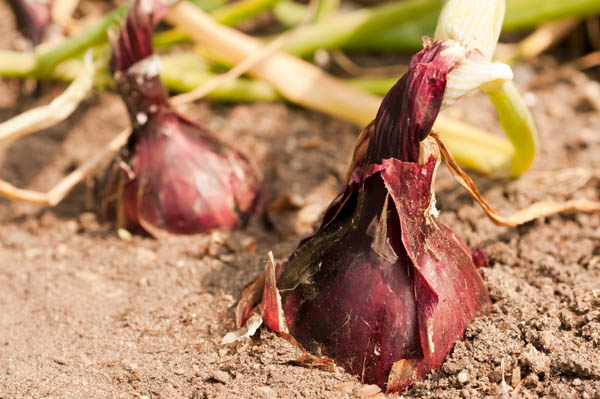
Onions have been around for five thousand years, and were once used as currency! Just like purple potatoes, purple onions are more nutritious than white onions.
Adds bling and zing to anything!

Grapes grow on vines all over the world. Italy grows over 1,000 grape varieties! Snack on fresh grapes, or try wrinkly dried grapes - otherwise known as raisins!
Can you munch a whole bunch?
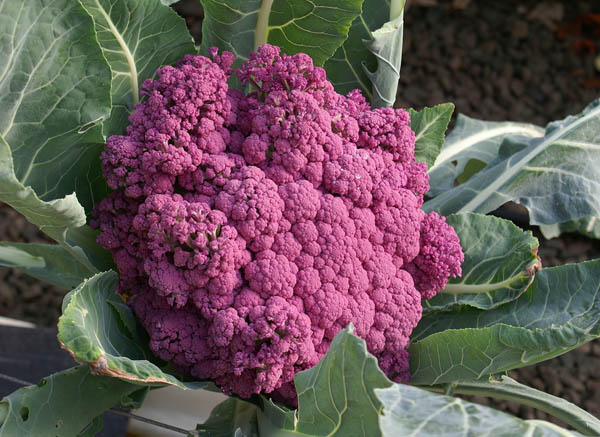
Purple cauliflower grows best in the cooler temperatures of fall and winter. White cauliflower is the most common type, but there's orange and purple, too!
Cauliflower with purple power!
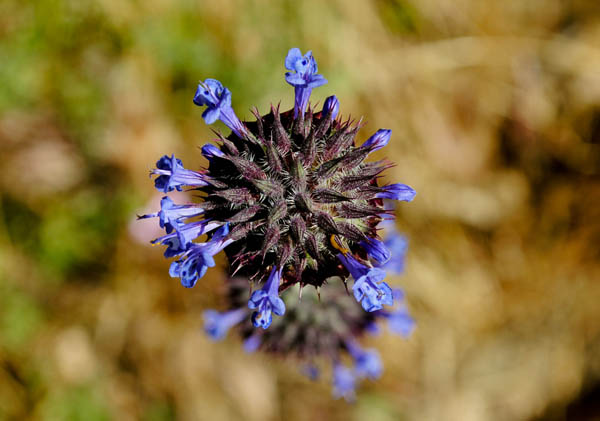
Ancient Aztecs and Mayans ate chia seeds to increase energy. In fact, chia means strength in Mayan. Chia plants grow in warm places like Mexico and South America.
Check this out--eat the seed or the sprout!

Watermelon originated in southern Africa and grows on a vine, almost like a flower. It takes 85 days to grow! The rind is also edible and contains lots of nutrients.
Slice off some summer!

Pomegranate is used in juices, salads and deserts. Here's an easy way to get the seeds out: hold it over a bowl and smack it with a wooden spoon. Super fun!
This fruit has ancient history!

Cherries grow on trees, and their leaves are food for caterpillars! Michigan produces most of the cherries in the U.S., and Traverse City is the cherry capital of the world.
Fill your bowl full!
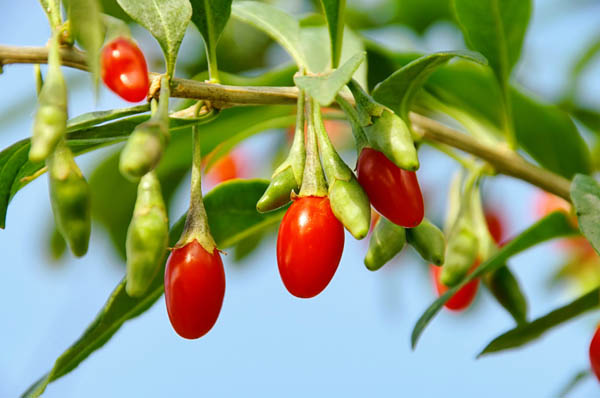
Tangy, bright red Goji berries are native to Asia, but you can grow them right in your backyard! Also called wolfberries, Goji berries are dried in the sun just like raisins.
A red looking raisin, from a place Asian!

Apples grow on trees up to 40 feet high! They come in red, green and yellow varieties. In colonial times, apples were called winter bananas.
They give me the knack of a brainiac!
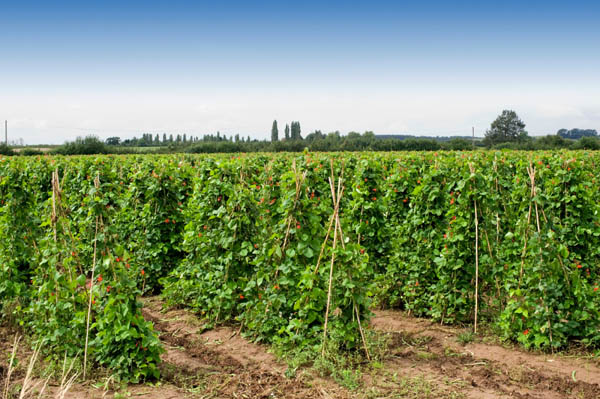
Yes, kidney beans really are shaped like kidneys! They grow on bushy plants, and when the beans are ready, the bush is cut at the root and hung upside down to dry.
My favorite food for finding giants!

Raspberries are delicate fruits that grow on prickly plants. There are over 200 species of raspberry plants, and their leaves can be dried and used for tea!
This berry is razzle-dazzle red!

Grapefruits grow in clusters like grapes, which is how they got their name! Grapefruits are usually from Florida because the hotter the growing climate the sweeter the taste!
Breakfast of bookworms!

Rhubarb is a perennial plant, which means it comes back every spring without replanting. We only eat the deliciously tart stalk. Don't eat the leaves - they're poisonous!
Put yourself in the pink!

Strawberry plants are perennial plants that die back in winter, and start growing again every spring - vigorously! Nothing beats a sweet, juicy, fresh picked strawberry straight off the vine!
You can't beat this super sweet treat!

Tomatoes grow on a sprawling vine. One tomato plant will yield buckets of tomatoes! When perfectly ripe, they deliver the juicy taste of summer unlike any other!
Pick a peck of plump perfection!

Radishes grow super fast - in just 3 weeks! They grow underground like carrots, with leafy greens popping up through the earth. So plant, eat and replant them all summer long!
Eating red is radical!

We call this orange mellon a cantaloupe or muskmelon. It grows on a vine and needs lots of sunshine and heat. California grows more cantaloupe than any other U.S. state!
Care to cut-a-cantaloupe?

Oranges are a juicy citrus fruit that grow on large trees. In the U.S., most oranges grow in Florida and California. There are more than 600 varieties of oranges in the world!
Squeeze out some sunshine!
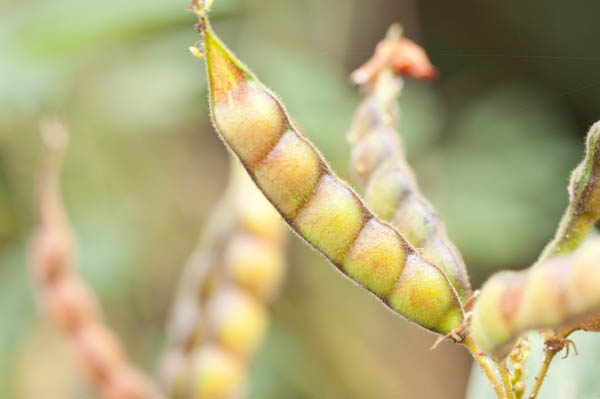
Lentils are actually seeds that grow in pods. Lentils can be green, orange, black, red, oval, or round. People have been eating lentils for nearly 13,000 years!
These little legumes are legit!

Peaches originated in China, and were a favorite of emperors! Peaches are juiciest in late summer. They grow on beautiful trees, and peaches at the top ripen first!
Reach for a peach before practice!
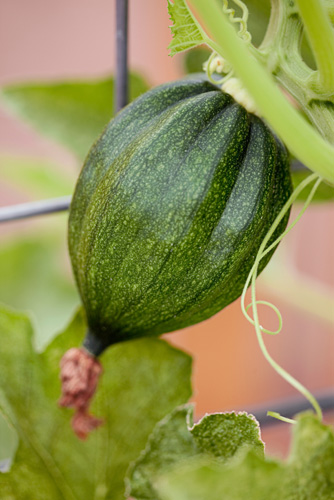
Shaped like an acorn, this squash tastes sweet and slightly nutty. You can eat the seeds, too! Christopher Columbus discovered squash in the New World, and brought it to Europe.
Add a scoop of squash to your routine!

Carrots have a very colorful history! Originally, they were purple, yellow, white, and red! In the 1600s, Dutch farmers crossbred red and yellow carrots, and grew the first orange carrot!
Have you ever tried a carrot cartwheel?
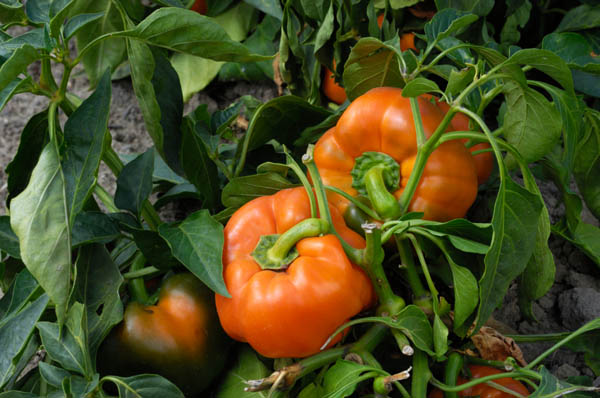
Bell peppers come in a variety of bold colors, and hang like ornaments from sturdy little plants. They originated in South and Central America, and were called pimientos!
What I like to call the bell of my ball!
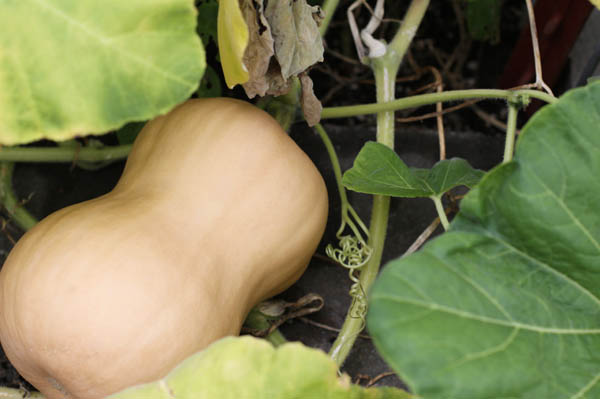
Butternut squash grows on vines. Its flesh turns deep orange as it ripens. Planted in the summer and harvested in the fall, butternut squash can be stored and eaten all winter!
Fall in love with fall flavor!

Papaya is a delicious, sweet fruit with a buttery texture. It grows on trees in tropical regions and produces fruit all year. Christopher Columbus called papaya the fruit of the angels.
So soft, so succulent, so sweet!

Pumpkin means large melon and originated in the Americas. Early Native Americans used the seeds as medicine, added the blossoms to stews, and ate dried pumpkin during the long, cold winters!
Pumpkin can make a meal magical!
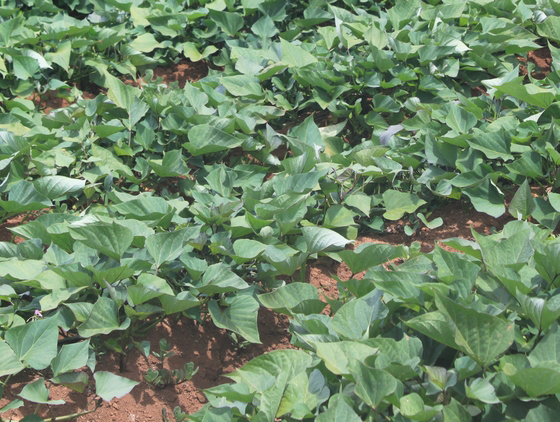
Sweet potatoes are one of the oldest vegetables on earth and need lots of heat to grow. China harvests around 80 million TONS of sweet potatoes a year.
They give me the gift of lift!
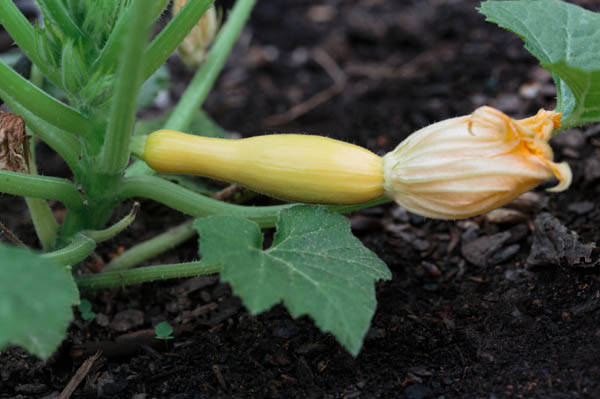
Summer squash has been around for a very long time -- like 10,000 years! It's picked before the rind hardens, and all parts are edible: flesh, seeds and skin.
Add a little squish to your dish!

Pineapples love tropical weather! Maybe that's why they take up to two years to grow. Each plant produces nearly 200 fruity flowers that join together to create one sweet, juicy pineapple.
Pineapple packs a punch!

Almonds grow on trees up to 33 feet high that produce hard-shelled seeds. We eat the tasty almond inside. Native to the Middle East and Asia, California now grows the most almonds in the world.
There's nuttin' better than this butter!

The coconut is not really a nut at all! It grows on palm trees that pop out up to 75 coconuts a year. They're one of the only fruits filled with liquid, and their shells are used to make clothing.
Have you cracked a coconut today?

Quinoa (keen-wah) is hard to pronounce but easy to eat! It grows at 14,000 feet - that's almost three miles above sea level! It's so good for you that NASA might use it as astronaut food.
Can you say quinoawesome?

Bartlett pears are green when they're picked. As they ripen, their skin color and flavor change. Green = crunchy. Yellow-green = slightly sweet. Golden yellow = juicy and sweet awesomeness.
Put a pear in your pack!
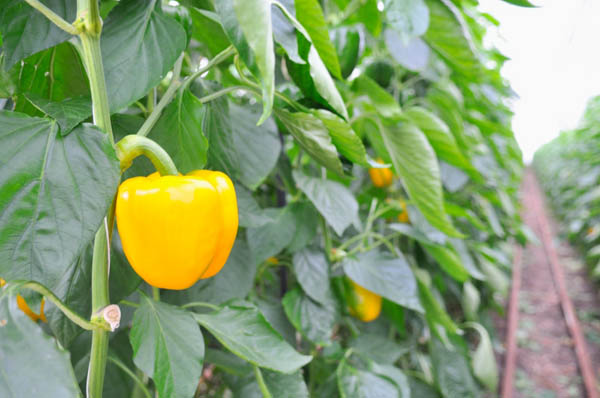
Yellow bell peppers are known for their bell-like shape, shiny skin, and sweet crunchiness. They're picked before they're totally ripe so they're milder than spicy red bell peppers.
Slice'em, dice'em or stuff'em partners!

Bananas grow in trees up to 16 feet high. India grows the most bananas - 220 billion a year. That's a lot of bananas! Bananas are handy since they come in their own carrying case.
Banana-fana- fantastic!

Walnuts are called stone fruits and grow on huge trees up to 130 feet high! People used to harvest walnuts by whacking and shaking the trees. Now machines do the shaking.
A snack that's got you're back!

Mushrooms like dark, damp places. Some mushrooms take up to four years to grow, while others double in size every 24 hours! Don't eat mushrooms in the wild -- they might be poisonous!
This is my kinda mush!
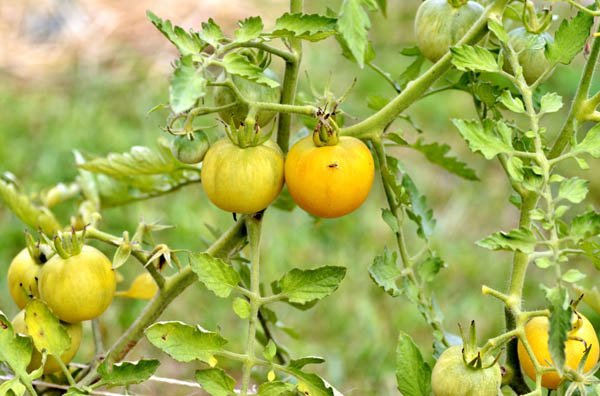
Just like the name suggests, heirloom tomato seeds are passed down from generation to generation. They come in all colors, and each heirloom variety is genetically unique!
Heirlooms are as good as gold!

Garlic is very smelly, but in a good way! A single bulb -- or head -- holds 10 cloves inside. Roast the cloves whole or squoosh them in a garlic press.
Any takers for these flavor makers?

Garbanzo beans are also called chickpeas. Chickpea plants grow in hot, rainy climates. Hummus, falafel and curries are all made with chickpeas. You can even make chickpea popcorn!
I'm a mean garbanzo bean machine!
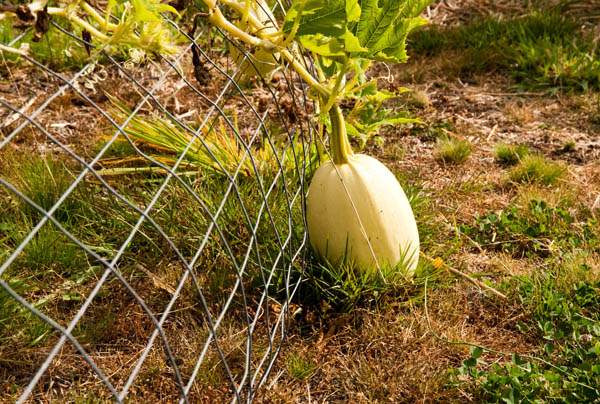
Spaghetti squash grows on a vine all summer long, which is how it gets pumped full of nutrients. When you cook spaghetti squash, the insides become stringy, just like spaghetti!
Pass the bolognese please!